What is the circular economy?
The circular economy is a new model of production and consumption that guarantees sustainable growth over time . Thanks to the circular economy, we can promote the optimization of resources, reduce the consumption of raw materials and valorize waste by recycling it or giving it a second life as a new product.
The aim of the circular economy is therefore to make the most of the material resources we have by applying three basic principles: reduce, reuse and recycle. In this way, the life cycle of products is extended, waste is used and a more efficient and sustainable production model is established over time. The idea is born from the imitation of nature, where everything has a value and everything is used, where waste becomes a new resource. In this way, the balance between progress and sustainability is maintained.
What is the difference between the circular economy and the linear economy?
Until now, we have lived with linear production models, that is, we extract, produce, consume and throw away. The society in which we live makes the pace of consumption accelerate, a fast but unsustainable model for the planet .
The circular economy establishes a more sustainable model of production and consumption in which raw materials are kept longer in production cycles and can be used repeatedly, thus generating much less waste . As its name suggests, the essence of this model is to keep resources in the economy for as long as possible, allowing the waste we produce to be used as raw material for other industries.
What are the benefits of the circular economy?
- Protects the environment: it reduces emissions, minimizes the consumption of natural resources and reduces waste production.
- Benefit for the local economy: it can be beneficial for the local economy by encouraging production models based on the reuse of nearby waste as raw material.
- Promotes employment growth: it stimulates the development of a new, more innovative and competitive industrial model, higher economic growth and more jobs.
- Promotes resource independence: reusing local resources reduces reliance on imported raw materials.
What are the principles of the circular economy?
Most of us are familiar with the 3R rule , which is essential for sustainable development and preserving environmental balance: reduce, reuse and recycle.
In other words, what we get from nature comes back to it when its life cycle is complete, in a cyclical and environmentally friendly way. But did you know that there are four more rules? These 7Rs are the necessary steps to achieve a circular economy:
- Redesign: thinking and designing products so that their manufacturing process consumes fewer raw materials, extends their life cycle and generates less waste (or at least waste that is easier to recycle). This strengthens environmental protection.
- Reduce: change our consumption habits towards a more sustainable model. If we reduce our consumption, we avoid the production of waste, the use of raw materials, and therefore reduce the impact on the environment.
- Reuse: Reuse or repurpose products to extend their life cycle .
- Repair: Until now, when a product broke down, we tended to replace it. However, repairing it is not only cheaper, but also avoids the use of new raw materials, saves energy and does not generate environmental waste.
- Refurbish: updating old items so they can be reused as vintage, e.g. furniture.
- Recycle: Promote best practices in waste management and use what you can as raw material to make new products.
- Recycle: Give new uses to products that would otherwise be discarded, for example by using plastic bottles to create watering systems, flower pots or bird feeders.
The circular economy at Caussün
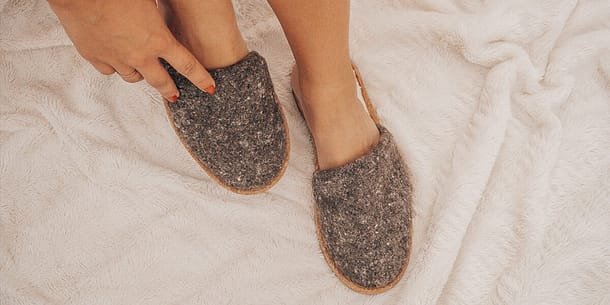
We implement circular economy projects throughout our value chain, from obtaining raw materials to marketing products and services. Our circular economy strategy is structured around four axes.
- Product design: from the product design phase, we apply criteria aimed at minimizing the consumption of raw materials during the manufacture of our products, extending their useful life and increasing the recycling of their components.
- Resource optimization: We optimize resources and processes so that waste has new uses, both in our production processes and in those of third parties. Thus, when your Caussün slippers have reached their lifespan, the wool parts including the upper (top part) and the insole will be perfect candidates for compost.
- Product manufacturing: We use alternative raw materials of residual origin to manufacture our products, such as organic cotton and recycled PET for our slippers but also bamboo fiber for our bags.
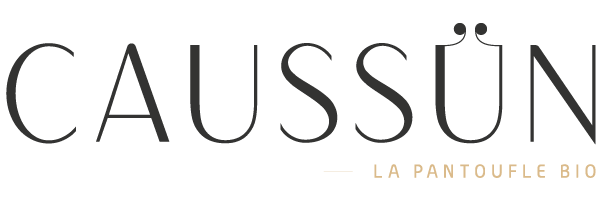

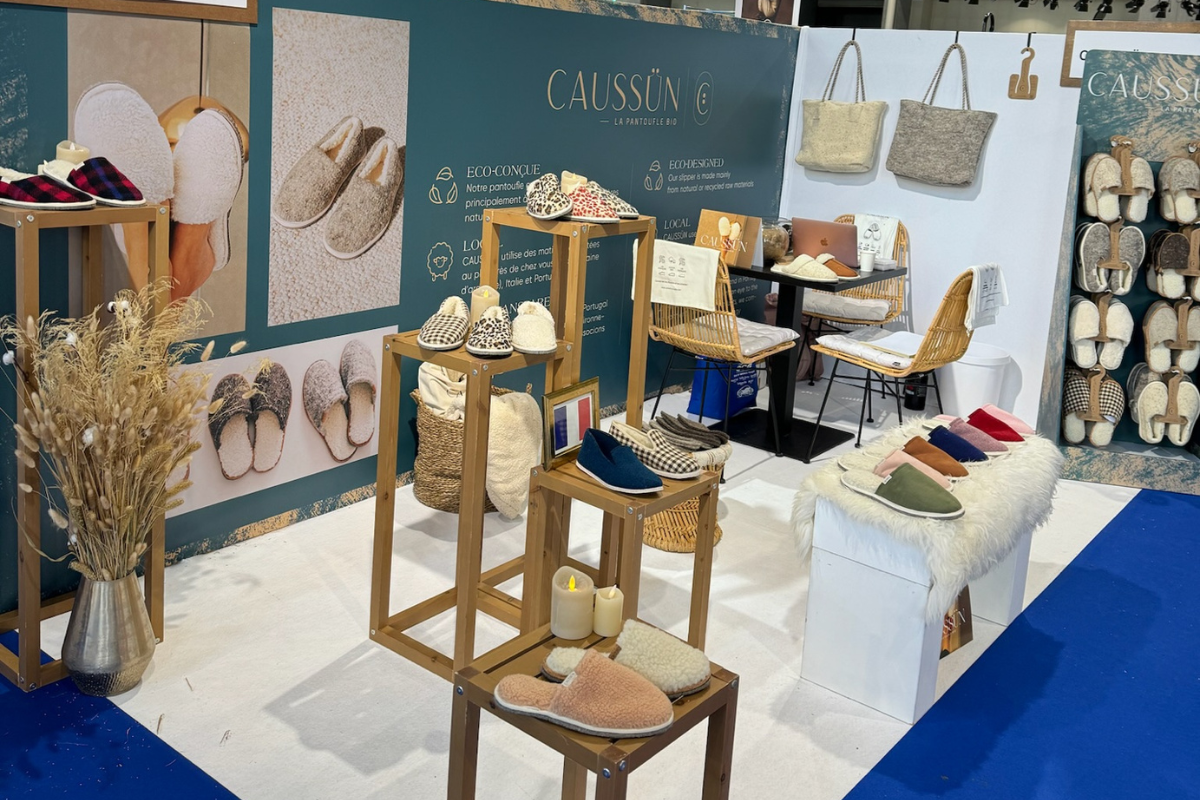
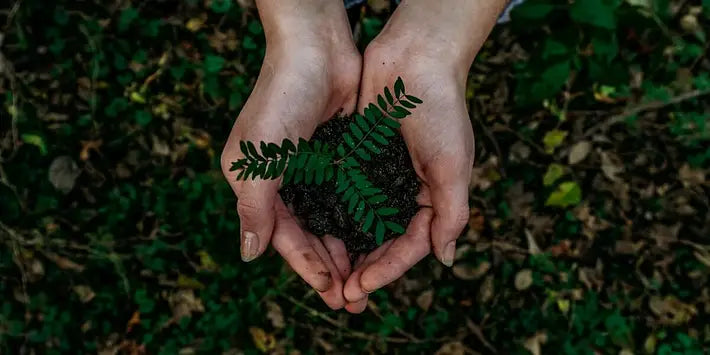
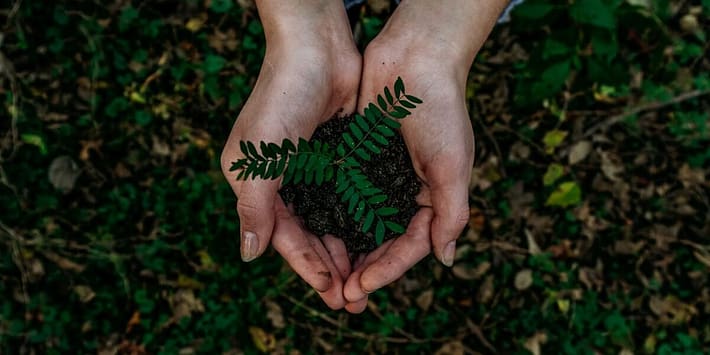
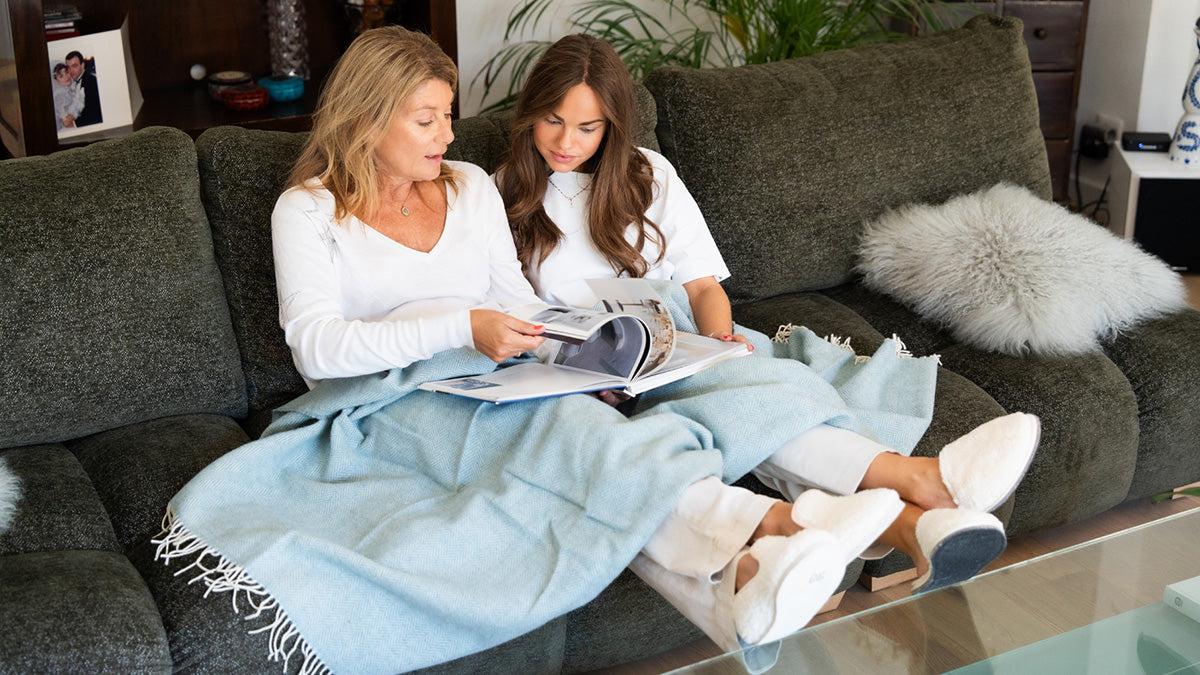
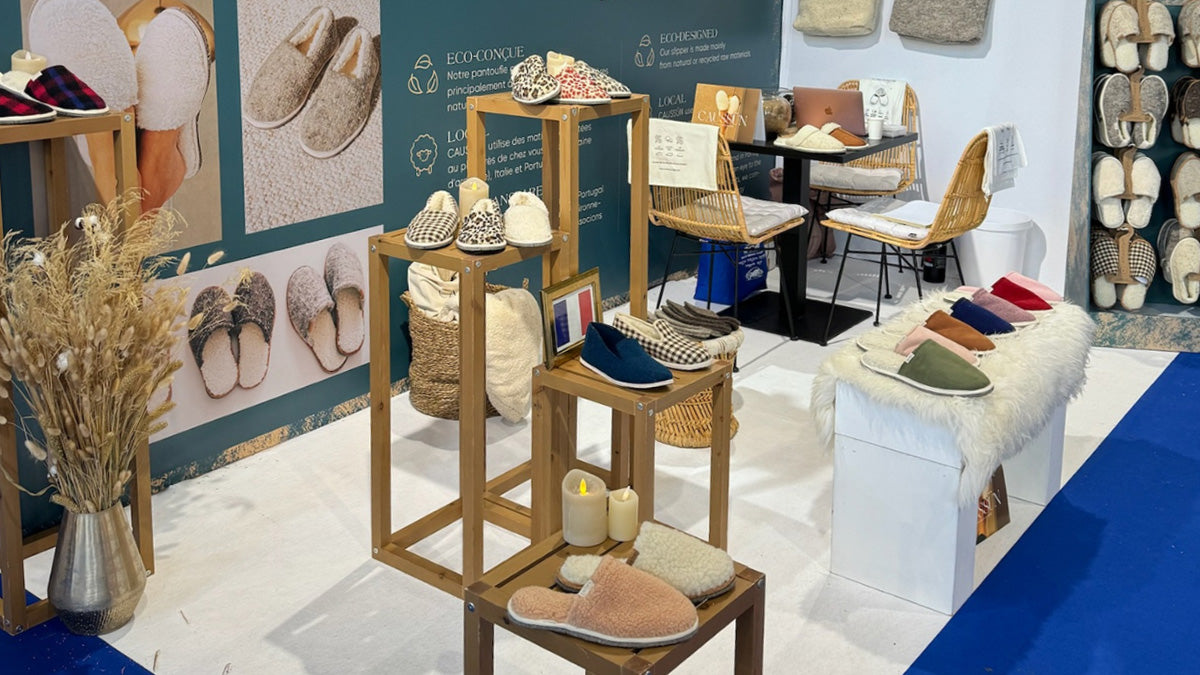
Leave a comment
This site is protected by hCaptcha and the hCaptcha Privacy Policy and Terms of Service apply.